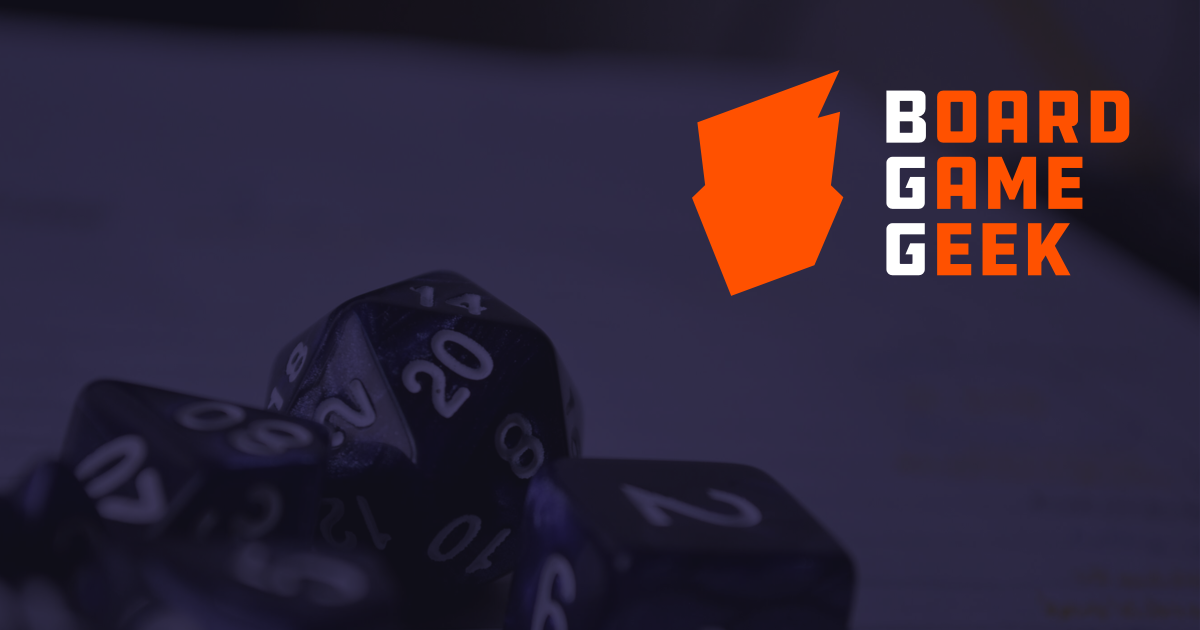Yeah I imagine you'd only be able see pieces of it at a time and need to zoom/scroll a lot... It'd be cool if you start with something simpler and could expand/collapse sections.
The other issue is, post 1980, which systems are parent to a given system?
The rise of percentile systems is often blamed upon BRP, which itself is a derivative of RuneQuest (RQ came first); RQ itself was simply expanding the D&D Thief Skills to cover a wider range of things... and Perrin and Tourney (yeah, RQ1e was NOT written by Stafford - Steve and Ray wrote it for Greg to use, and all three got it published via The Chaosium, which was more than just them)....
Palladium/Siembieda takes the same start point: OE D&D+ supps... and makes everything but combat skills in the style of D&D Thief Skills... and simplifies combat.
The Arcanum is Bard Games doing the exact same thing as Palladium, but with slightly different choices on combat.
Both look like D&D and BRP had a baby... but it's a case of false appearances.
Then, the incestuous relationships within the various studios...
Traveller has influences from D&D OE directly, but also from
En Garde! (rights sold off decades ago, but still shows the origins of Traveller... and Twilight 2000 1e). Every GDW RPG has influences from prior GDW RPGs save
En Garde! (as it was the first) and
Dangerous Journeys... as it was an outside design. That's 3 major editions of
Traveller (CT, MT, TNE) and 4 minor (CT-77, CT-81, CT-82 aka TTB, CT-83 aka ST), 3 editions of T2k (1.0, 2.0, 2.2), 2 of DC (1.0, 1.2), 2 of 2300 (T2300 and 2300AD), 1 of
Cadillacs and Dinosaurs, 1 of
Space: 1889. And each as influences from outside, as well.
Then, add in the variety of games where ideas were sent in by players based upon a variety of other games...
It rapidly becomes difficult to actually track the influences... especially for revised editions.




